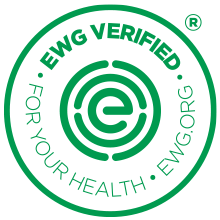The Dirt on Diapers
Exposure to chemicals at an early age can have serious and long-lasting implications. According to the World Health Organization, such exposure “can lead to irreversible damage.” Long-term exposure to high concentrations of volatile organic compounds, or VOCs, for example, can damage the liver, kidneys and central nervous system. Some VOCs, pesticides and formaldehyde are linked to cancer, and certain phthalates can interfere with hormones that affect proper growth and development.
The Consumer Products Safety Commission doesn’t require manufacturers of disposable diapers to disclose their ingredients publicly or ensure that their products are made without ingredients and materials of concern. Although some brands claiming to make “greener” or healthier options disclose their ingredients, many larger brands that dominate the market have chosen not to.
But disposable diapers aren’t the only available option. The growing reusable diaper market makes it much easier for consumers to use cloth diapers, and diapers that snap or Velcro.
Still, with such weak regulation, we don’t know what ingredients brands are using in a product that children wear all day long. The specific ingredients or materials used in diapers can vary from company to company. This is why EWG created standards for diapers based on scientific studies and EWG research.
An EWG VERIFIED® baby diaper is the gold standard in the health and wellness space. Diapers get messy enough – shopping for them should be easy.
Get to know EWG VERIFIED: Baby Diapers

